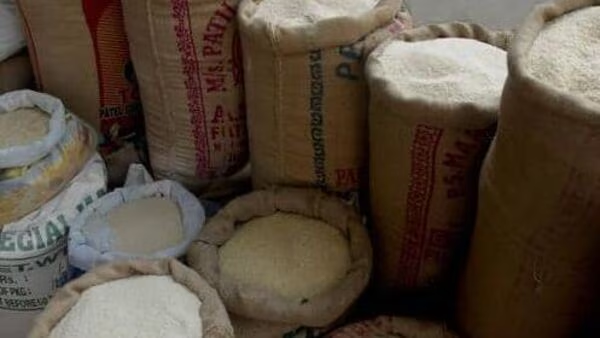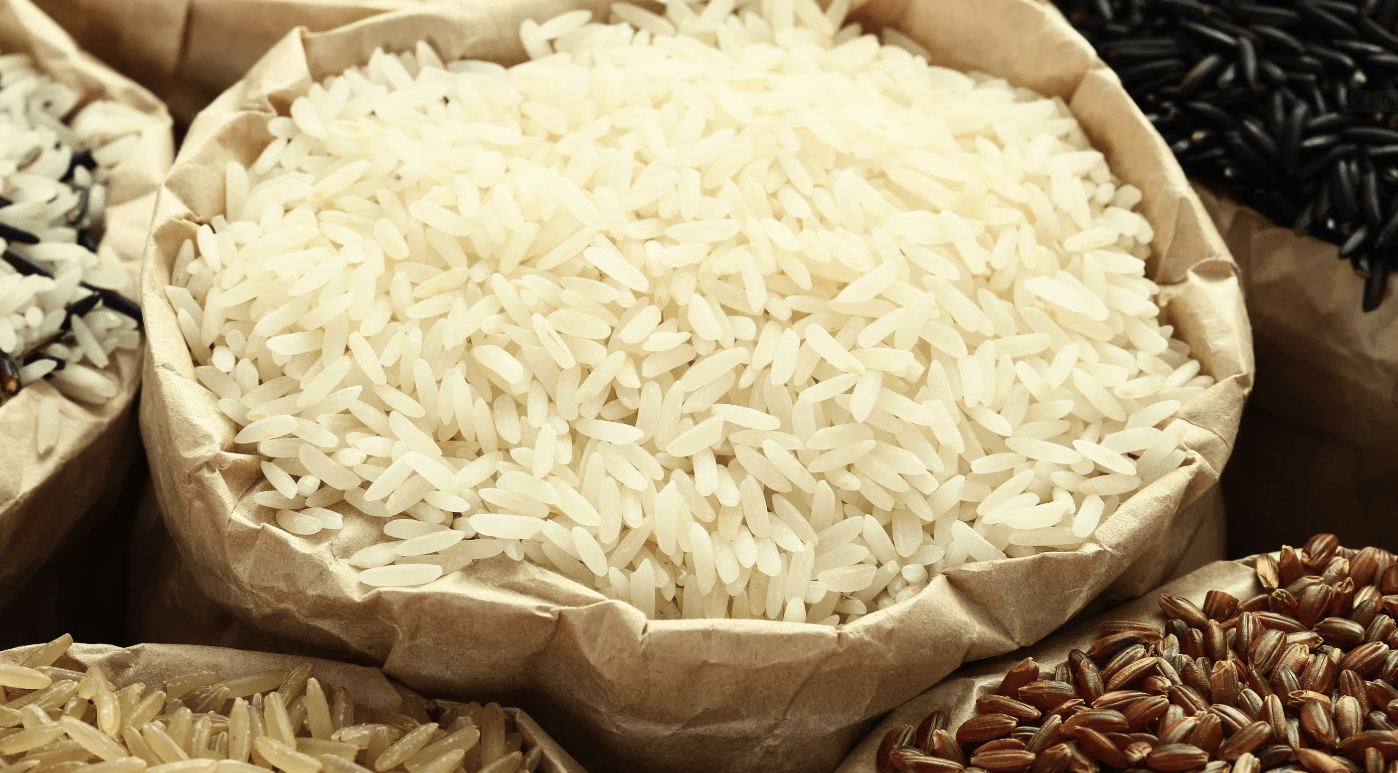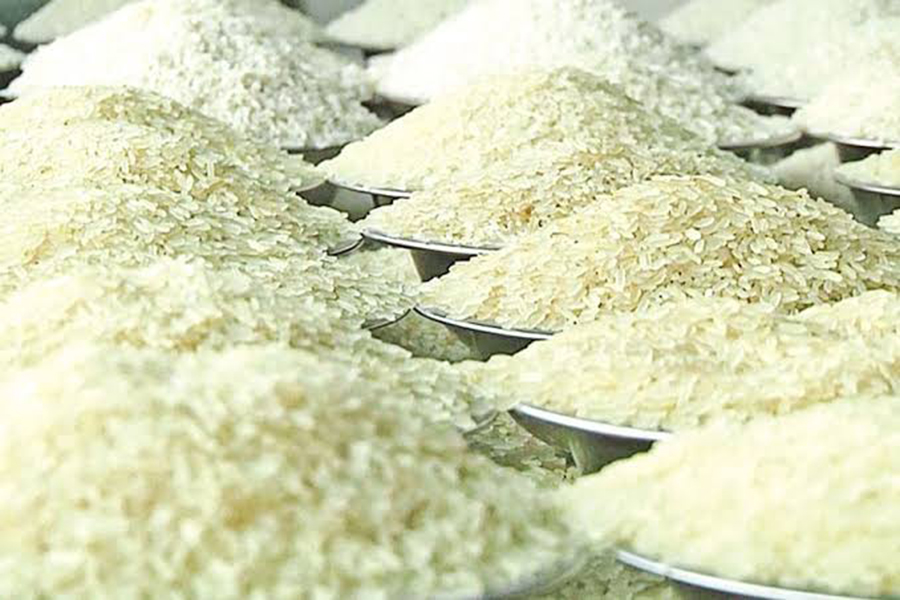Tags
Centre seeks to dispose of 18 mt of excess rice from its stocks, mulls options
The government normally procures about 12.5-15 million tonnes (mt) of excess rice each year, which it then offloads under public distribution system (PDS) and other welfare schemes.

The same variety of rice that is offered by FCI is available in the market for less than ₹29 a kg–the price at which it is sold under the OMSS. (Photo: Mint)
The Centre is trying to dispose of an excess of more than 18 million tonnes of rice sitting in the godowns of the Food Corporation of India (FCI), draining the exchequer in warehousing costs.
It is exploring alternatives after rejecting a proposal to revise the specifications for the rice that is distributed free to the poor under the Pradhan Mantri Garib Kalyan Anna Yojana (PMGKY), two officials said. The proposal was seen as too expensive and labour intensive in the absence of sifters, graders and other machinery.
Proposals on the table now includes increasing the allocation of rice under PMGKY, giving free food to employees of the Mahatma Gandhi National Rural Employment Guarantee Scheme (MGNREGS), and reducing the price of rice under the open market sales scheme (OMSS).
Excess rice for welfare measures
The government normally procures about 12.5-15 million tonnes (mt) of excess rice each year, which it then offloads under public distribution system (PDS) and other welfare schemes and in the open market under the government-controlled OMSS. But it has struggled to find buyers for the past two years because of the high price set by it under OMSS.
The same variety of rice that is offered by FCI is available in the market for less than ₹29 a kg–the price at which it is sold under the OMSS.
The Centre, through its procuring agency FCI, bought 46.3 million tonnes of rice in the 2023-24 Kharif season against the annual requirement of 40 mt for welfare schemes. The government currently has 31.8 mt of rice in its stock, against the 13.5 mt norm as of 1 April – an excess of 18.3 mt.
Higher than the required stocks involve extra storage facilities and large maintenance costs.
The government was earlier planning to revise its specifications for rice distribution under PMGKY by procuring rice with 10% broken and 15% broken grains separately, thus ensuring a better quality of rice.
The existing policy of procurement of rice allows the broken rice proportion to be 25%.
Suplus stock
“To tide over the problem of managing surplus rice stocks, it was conceptualized to bifurcate the specifications in two parts – procuring rice up to 10% broken and 15% broken grains separately. However, it did not work out,” the official cited above said. “The idea of rice procurement with revised specification was to ensure supply of better-quality rice under the PDS to 813.5 million beneficiaries, ease out the problem of stockpiling and create supply of broken grains for various uses like FRK (fortified rice kernels) manufacturing, cattle and poultry feed manufacturing and ethanol production.”
Therefore, it was decided in March that FCI would run trial milling for two months, which started in April to assess all aspects of technical specifications, financial viability and operational feasibility. The next course of action was supposed to be taken after FCI came up with the results of trial milling in June to the concerned authorities” the official added.
However, before June FCI found the process non-viable after the first course of trial milling, as it involved having to deploy a massive amount of financial resources.
“We ran the trial milling and after the first session, we realized that sorting 10% and 15% broken grains separately from so many bags of rice is not doable and on top of it, the entire process is very costly. The prevalent infrastructure of paddy milling requires improvement through the addition of graders, sortex units and high-efficiency sifters to produce rice with improved specification,” the other official said.
“Around 25-30% rice mills in Punjab and 7-10% rice mills in Chhattisgarh have the required machinery to separate broken grains and produce rice containing broken up to 10%. The rest of the states don’t have it.
“Therefore, we reached a conclusion of not pursuing this particular strategy to offload surplus rice lying in our warehouses. An increase in input cost because of additional machinery and separate handling cost of broken rice were considered before making the decision,” this official added.
“However, we are exploring alternative options such as higher allocation of rice under PMGKY from the existing 5 kg per month per person norm and providing free food to MGNREGS employees. We are also looking at options like reduction in the rate of reserve price of rice under OMSS to boost sales.
“We are keeping all the options open and we will present it to the new government once formed and accordingly it will take a suitable decision,” the official added.
Queries sent to the food and public distribution department remained unanswered at press time.
Announced in March 2020, PMGKY is a food relief package to help the poor in the battle against covid-19. It was extended for five years in December 2023 in the run up to the ongoing elections.
https://www.livemint.com/economy/indias-government-debt-at-safe-levels-nirmala-sitharaman-11715607406701.htmlPublished Date: May 13, 2024






